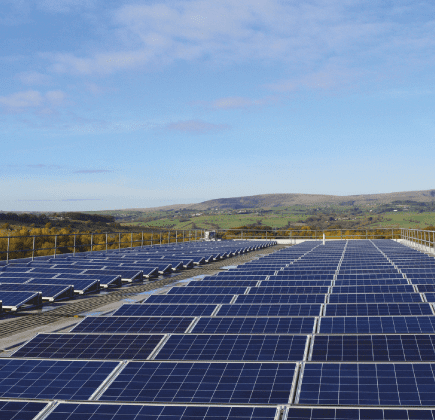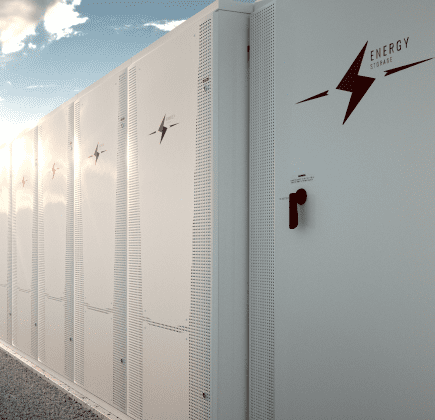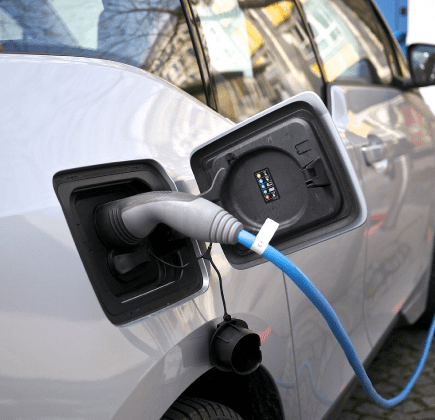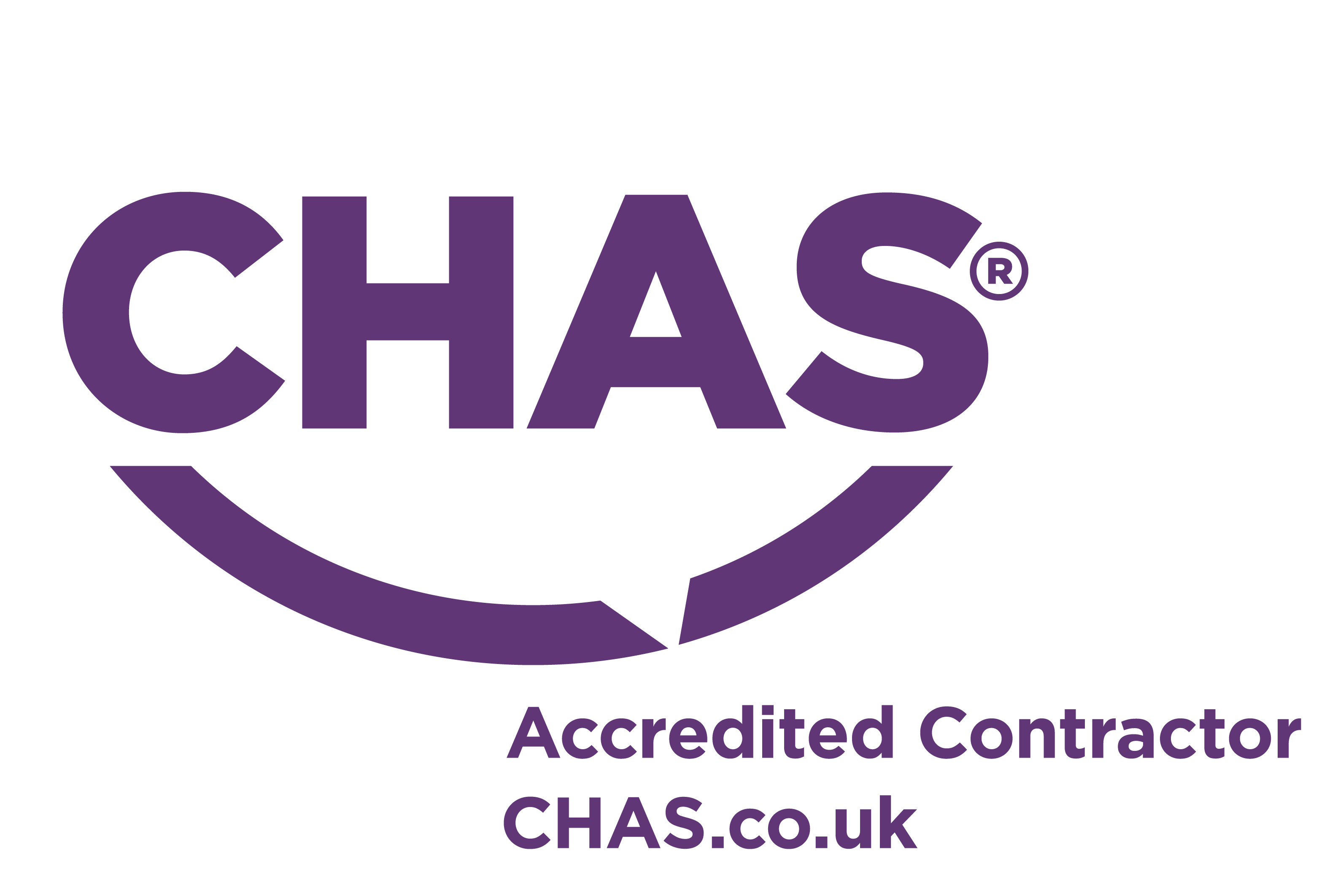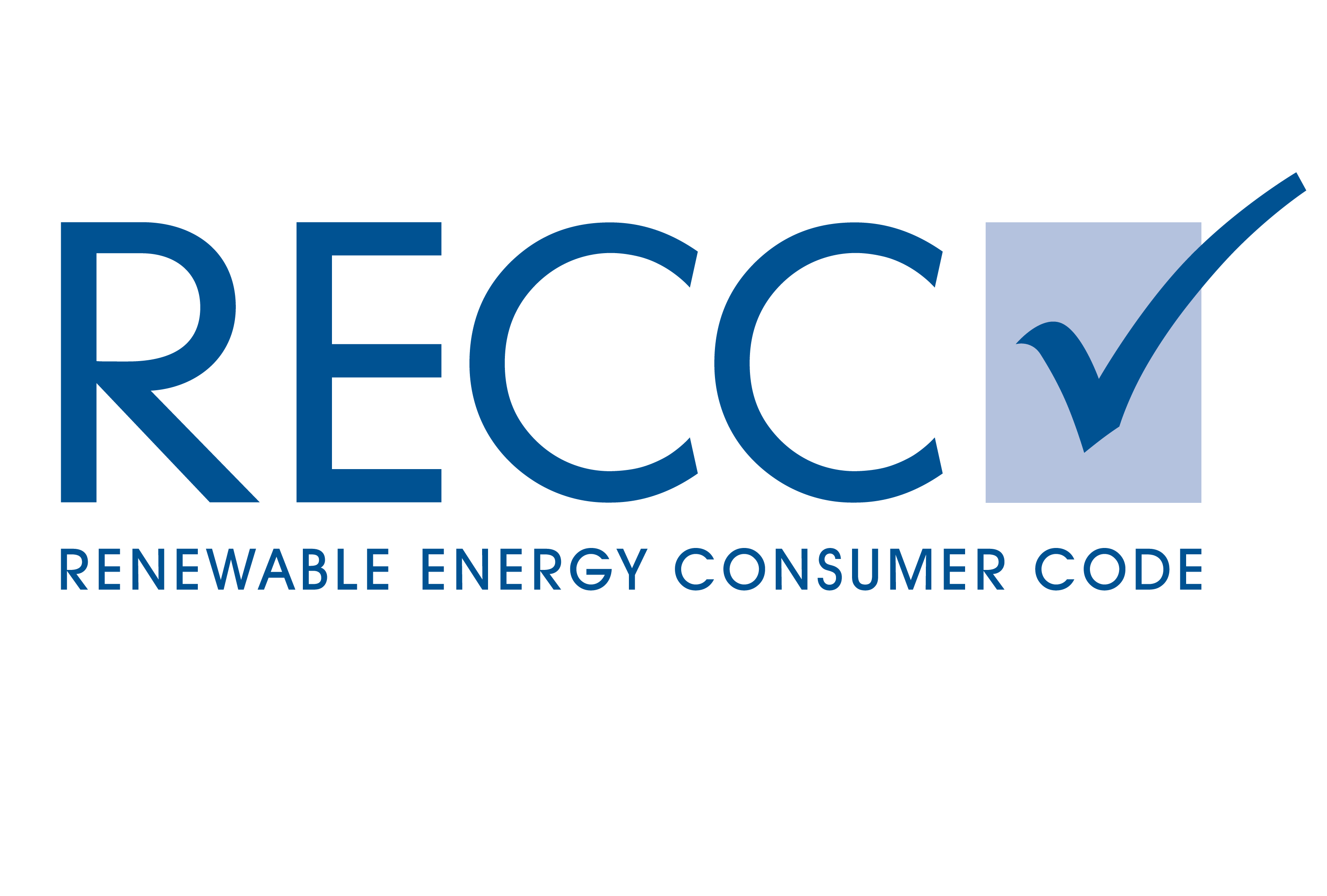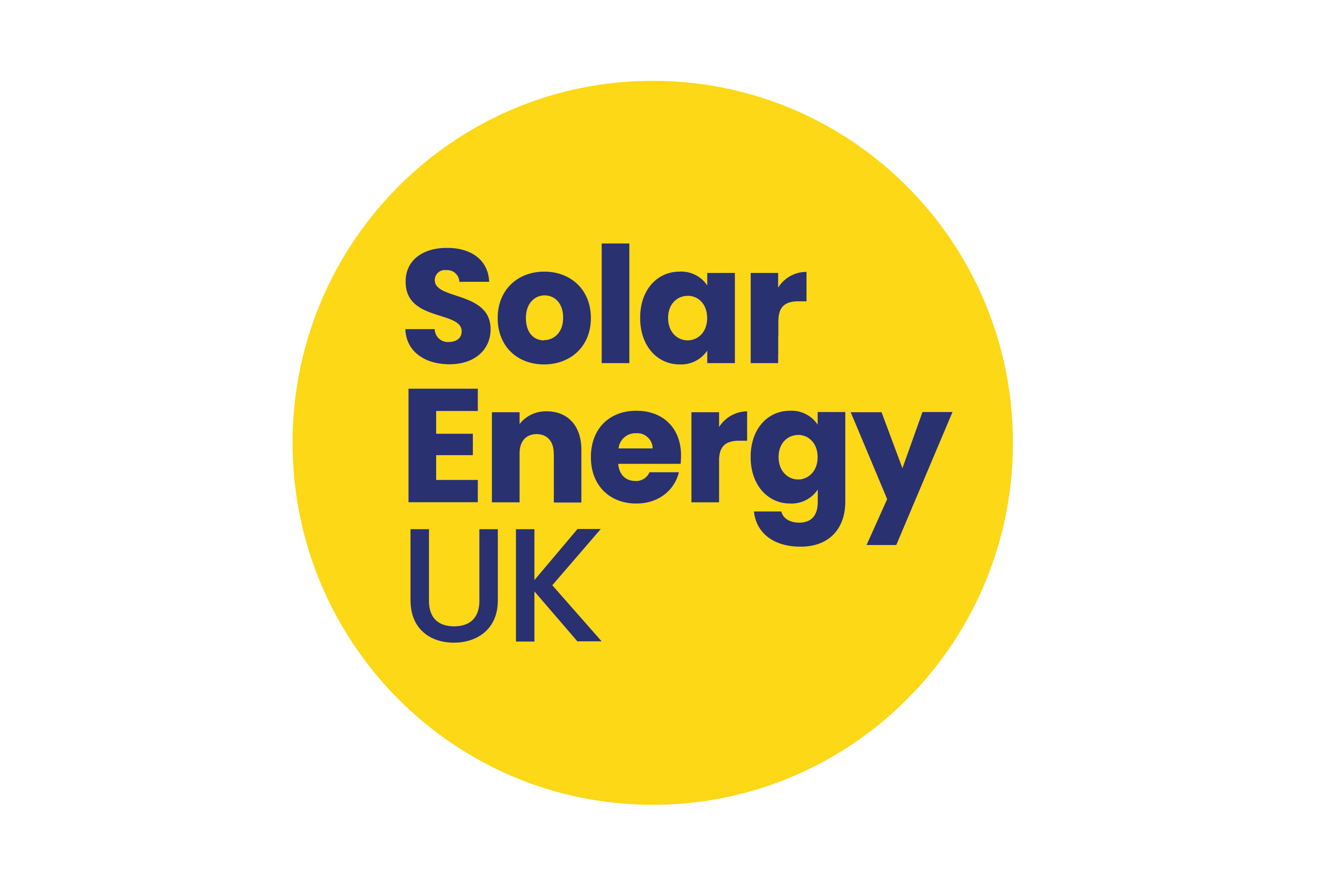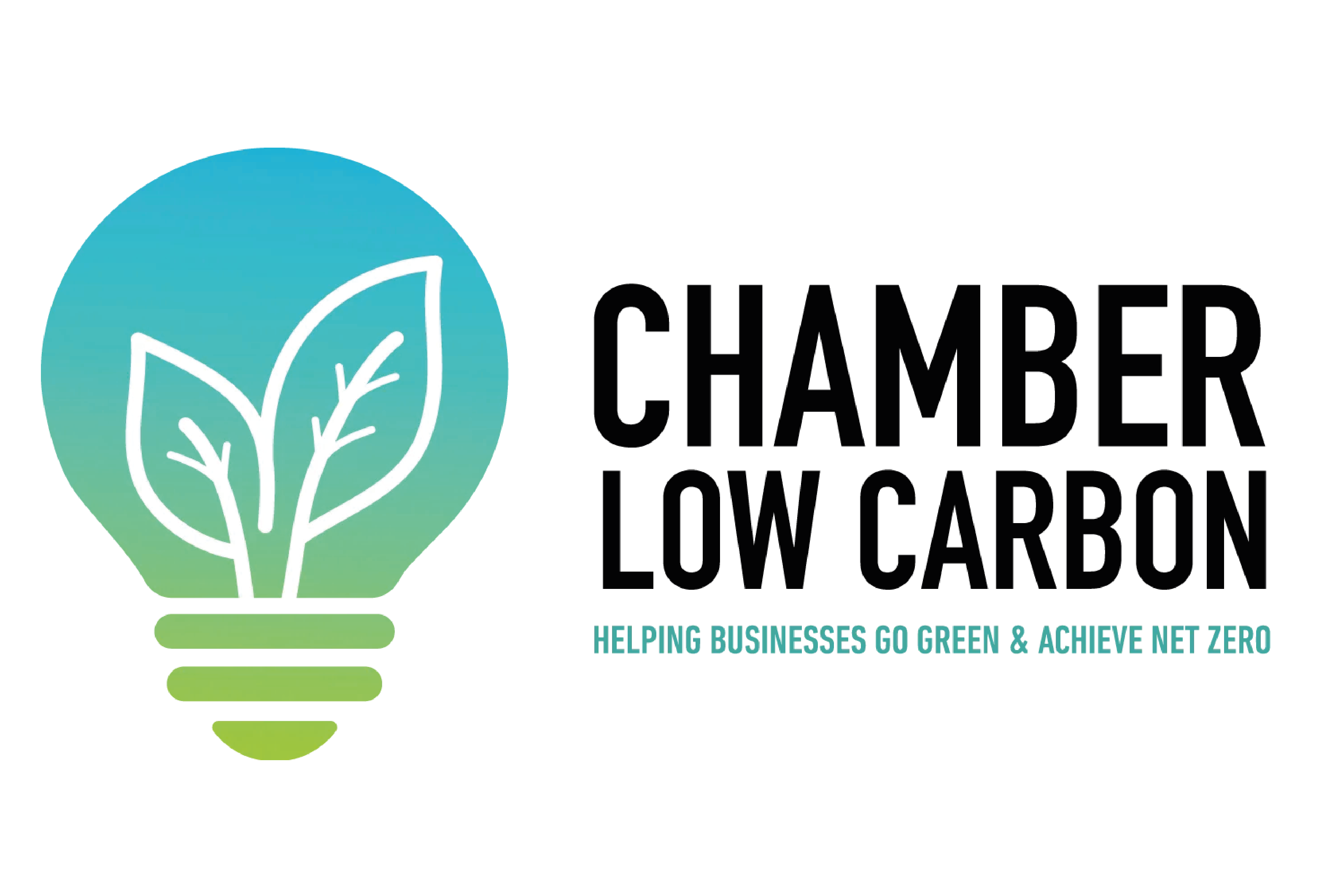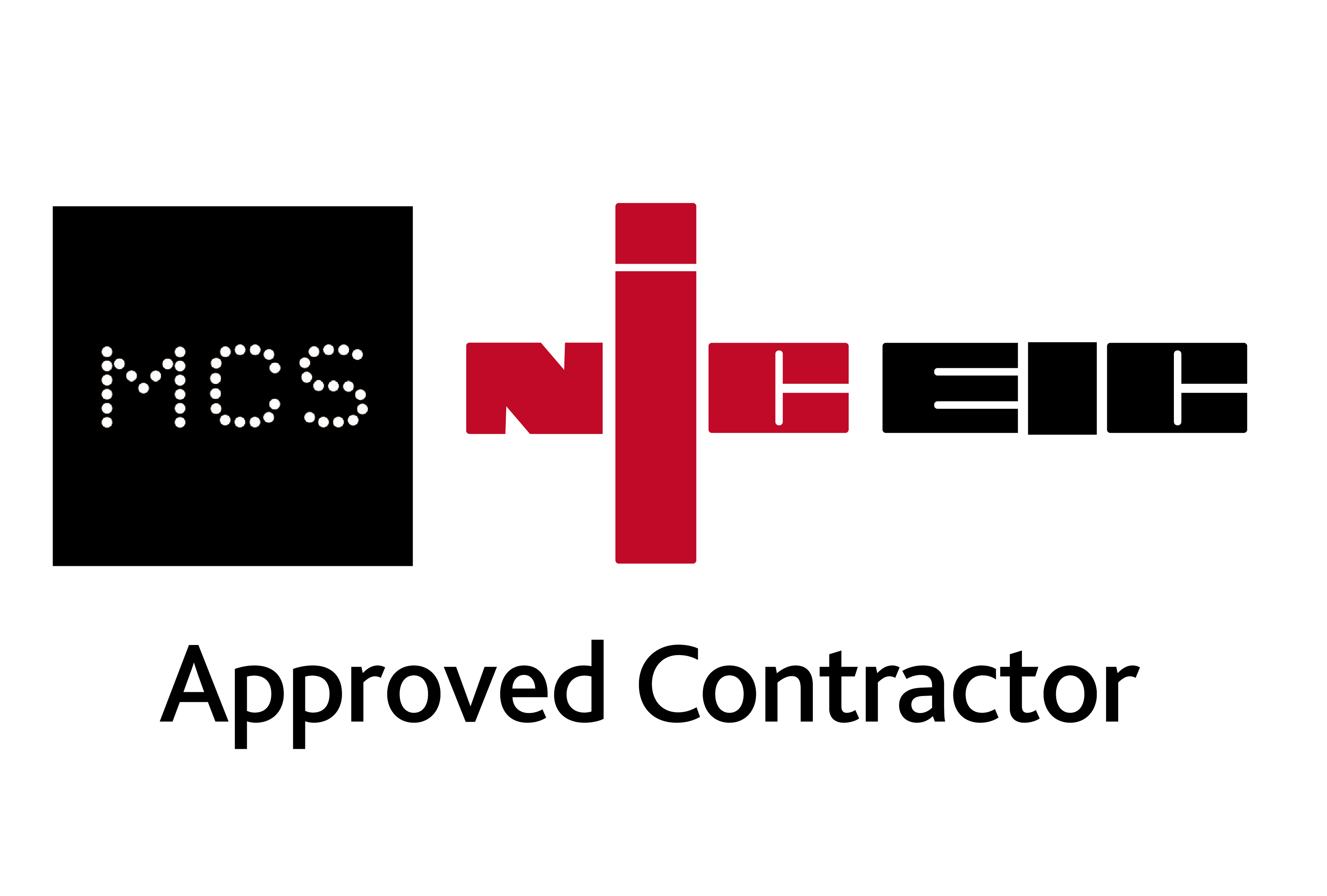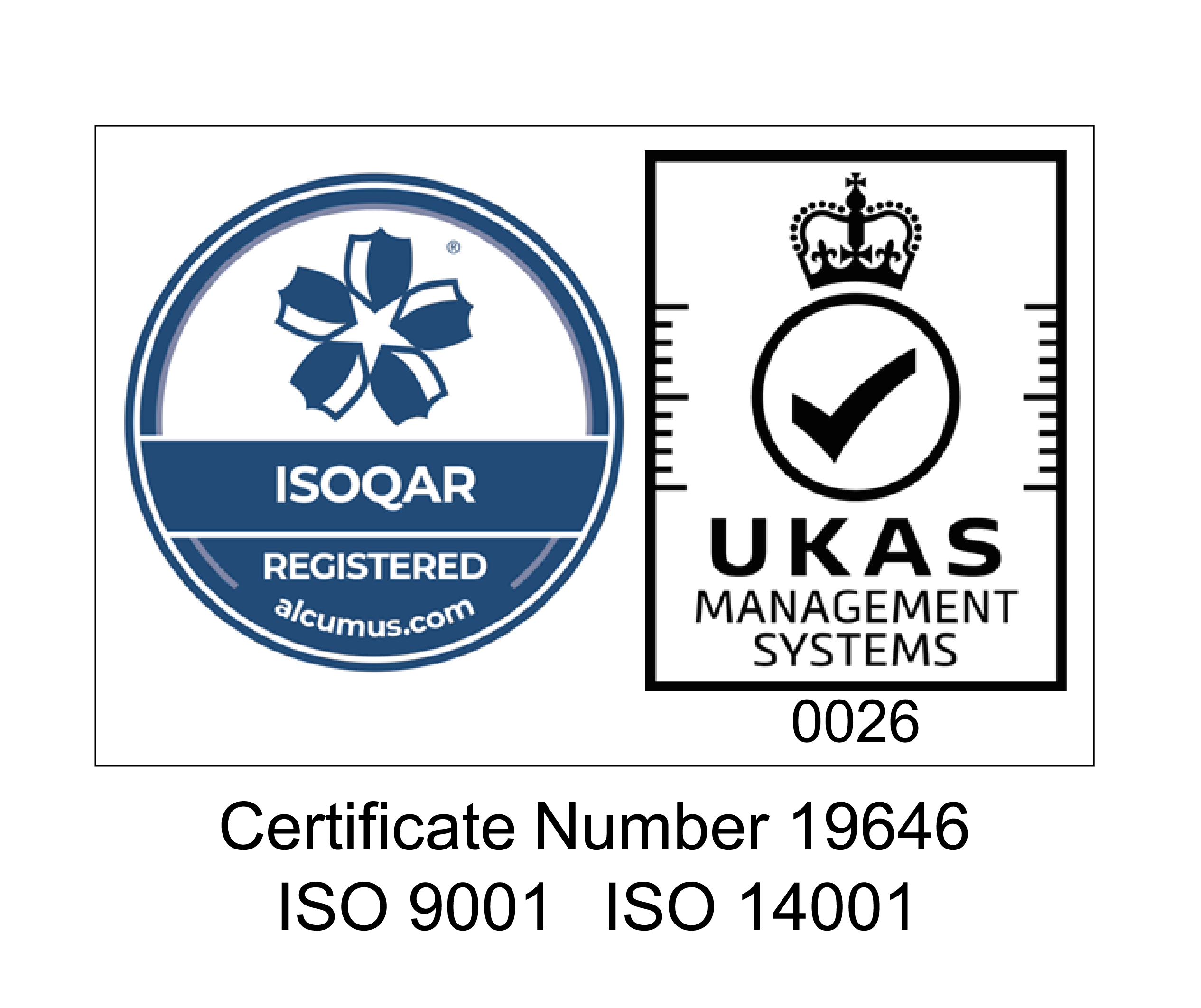
Understanding DNO restrictions for commercial solar installations
When businesses consider investing in solar energy, one of the most important yet least understood aspects of the process is DNO approval. The Distribution Network Operator (DNO) plays a vital role in determining how your solar PV system connects to the grid, how much power it can export, and what technical conditions must be met for the installation to go ahead.
Getting this part right is critical. For many commercial projects, DNO restrictions can influence system size, cost, and return on investment. At Low Carbon Energy, we handle this process from start to finish, ensuring your project moves forward smoothly and efficiently but understanding what happens behind the scenes can help your business make more informed decisions.
What is a DNO and why does it matter?
A DNO is the organisation responsible for running and maintaining the local electricity distribution network. There are six DNOs covering the UK, including companies like Electricity North West, UK Power Networks, and Northern Powergrid. Each manages the infrastructure that delivers electricity from the national transmission network to homes and businesses in its region.
When a commercial solar installation is planned, the DNO must be consulted because your system interacts directly with this grid. If you’re generating your own energy, you may still rely on grid power at times, but when your solar panels produce more energy than you consume, that surplus can be exported back into the grid.
The DNO’s job is to make sure this connection is safe, balanced, and doesn’t overload local circuits. Without their approval, you can’t legally export electricity and for larger systems, you can’t even connect in the first place.
How DNO approval works
DNO requirements fall under national engineering standards known as G98 and G99. These standards are set by the Energy Networks Association and define how distributed generation, such as solar PV, is connected to the grid.
G98: Smaller Systems (Under 16A per Phase)
If your solar installation is relatively small (for example, a small business system up to 3.68kW on a single-phase supply or 11.04kW on a three-phase supply) it will typically fall under G98 regulations. These systems are considered “fit-and-notify,” meaning the installer can complete the installation and then inform the DNO within 28 days.
In other words, you don’t need prior approval before the system is installed. However, this only applies to small-scale systems. For most commercial buildings, especially those with higher power needs, this limit is quickly exceeded.
G99: Commercial and Industrial Systems
Most commercial and industrial solar PV systems require G99 approval. This process is more detailed and must be completed before any installation work begins. Under G99, the DNO assesses how your system will interact with the local grid and whether the network can accommodate the extra generation.
They’ll look at things like:
- Local grid capacity and existing load
- Potential voltage fluctuations
- Fault levels and protection systems
- The total export power your system could send to the grid
Depending on their findings, the DNO may approve your application, approve it with conditions (such as export limits), or request network upgrades before connection is allowed.
Common DNO restrictions and conditions
Because every part of the UK grid operates differently, restrictions can vary significantly from site to site. However, there are several common scenarios that commercial clients encounter.
Export limitations
One of the most frequent conditions imposed by DNOs is an export limitation. This restricts the amount of power your solar system can send back to the grid at any one time.
For example, you may have a 500kWp solar system installed, but the DNO may only permit you to export 100kW of that capacity. Any energy generated beyond that limit must be used on-site or curtailed automatically.
Export limits are most often imposed in areas where the grid is already operating close to its capacity. In such cases, the DNO’s priority is to maintain stability and prevent voltage issues.
At Low Carbon Energy, we use smart inverters and export-limiting controls to comply with these restrictions while optimising on-site energy usage. This ensures you still gain the maximum financial benefit from your investment.
Timed or dynamic export curtailment
In some areas, DNOs use curtailment agreements, which allow export only during certain times or under certain conditions. For example, you might be allowed to export freely at night or during periods of low grid demand, but your system could be curtailed automatically during peak times.
For energy-intensive businesses, this can influence operational planning. Our design team evaluates these factors early in the project, advising clients on the best way to balance generation, storage, and usage to minimise disruption.
Grid reinforcement requirements
Occasionally, the DNO may determine that your connection would exceed the available capacity in the local network. In that case, grid reinforcement such as upgrading transformers, cabling, or substations may be required.
While this can be costly and time-consuming, early engagement with the DNO helps identify these challenges before a project begins. Low Carbon Energy’s engineers regularly liaise with DNOs to explore all available options, including staged export increases or shared network upgrades with nearby developments.
The DNO application process
The DNO application process for commercial-scale systems involves several stages, each designed to protect both your system and the wider electricity network.
Preliminary grid assessment
Before submitting a formal application, it’s often beneficial to carry out a feasibility study or informal grid capacity check. This gives a clear picture of any potential constraints in your area and helps avoid wasted time later.
Formal G99 application
The next step is to submit a G99 application to your regional DNO. This includes detailed electrical data, single-line diagrams, and proposed generation capacity. The DNO then reviews your submission and runs network modelling to assess the impact of your connection.
Offer and conditions
Once the DNO’s assessment is complete, they’ll issue a Connection Offer outlining the conditions, costs, and timelines. This document will specify your approved export capacity, any reinforcement requirements, and technical obligations (such as the need for protection relays or control systems).
Installation and commissioning
After you accept the offer, installation can proceed. Once complete, the DNO conducts witness testing and verifies compliance before granting permission for export.
For smaller G98 systems, this step is much simpler – your installer simply notifies the DNO after commissioning.
Typical timescales and costs
Timescales depend heavily on system size and local grid conditions. For smaller commercial installations under 100kW, DNO approval typically takes around 8 to 16 weeks. Larger systems or those requiring detailed network studies can take anywhere from three months to over a year, particularly if reinforcement work is required.
Costs also vary. Simple applications might cost a few hundred pounds, while major projects involving new substations or upgraded infrastructure can reach tens or even hundreds of thousands. This is why it’s so important to factor DNO considerations into your project planning at the very beginning.
At Low Carbon Energy, our feasibility assessments include a detailed review of likely DNO implications, helping clients budget accurately and avoid surprises later in the process.
Overcoming DNO limitations with smart design
While DNO restrictions can seem like a barrier, they don’t have to limit your project’s potential. The key is smart system design and proactive energy management.
Maximising self-consumption
The simplest way to minimise DNO export restrictions is to use as much of your generated power as possible on-site. Our design team analyses your consumption patterns to align generation with demand, ensuring your solar system directly offsets your electricity costs.
Battery storage integration
Battery storage is increasingly becoming a vital part of commercial solar strategies. When export limits are in place, batteries can store excess solar energy for later use rather than curtailing generation. This reduces grid dependency, provides backup resilience, and can even enable participation in demand response schemes.
Export limiting controls
Modern inverters and control systems can automatically cap export levels to comply with DNO limits while still allowing full system output for internal use. This technology allows businesses to meet regulatory requirements without compromising productivity or efficiency.
How DNO regulations support grid stability
While DNO rules may seem restrictive, they serve a crucial purpose: maintaining the reliability and safety of the UK’s electricity grid.
As renewable generation grows, the grid must balance variable supply from solar and wind sources with demand that changes throughout the day. Uncontrolled exports could cause voltage fluctuations, overload circuits, or even trigger outages.
By enforcing standards like G98 and G99, DNOs ensure new generation sources integrate safely into the existing network. These standards also help protect your investment by maintaining stable grid conditions for both import and export.
How Low Carbon Energy manages DNO compliance
For many businesses, the DNO process can be daunting but it’s a core part of what we do every day. Low Carbon Energy acts as your technical partner, managing every aspect of the DNO relationship from application to approval.
Our in-house engineering team:
- Conducts feasibility studies and grid capacity checks.
- Prepares and submits full G99 connection applications.
- Designs systems with smart controls to meet export limits.
- Coordinates witness testing and DNO sign-off.
- Advises on battery storage and energy management strategies to reduce grid reliance.
This proactive approach ensures our clients’ projects progress without delay and deliver maximum performance from day one. We’ve successfully managed connections across a wide range of DNO regions from high-demand industrial parks to rural manufacturing sites giving us practical insight into the variations in local grid conditions.
Looking ahead: the future of grid connections
The UK’s energy landscape is changing rapidly. As more businesses adopt solar power and battery storage, DNOs are evolving into Distribution System Operators (DSOs), taking a more active role in managing generation and demand.
In the future, dynamic export agreements and local energy trading could replace today’s fixed restrictions. Businesses with flexible energy assets, such as solar-plus-storage, will be well-positioned to take advantage of these new models.
We’re already preparing for this shift by designing systems that can integrate seamlessly with future grid flexibility services. Our goal is to give clients energy independence today while keeping them ready for the opportunities of tomorrow.
DNO restrictions are a key part of the UK’s solar energy framework. They ensure that every new solar installation from small business rooftops to large-scale ground arrays connects safely and reliably to the national grid.
For businesses, understanding DNO requirements early in the process helps avoid delays, control costs, and optimise system design. Partnering with an experienced installer like us means every technical, regulatory, and compliance step is managed on your behalf, leaving you free to focus on your core operations while gaining all the benefits of clean, low-cost solar power.
If you’re planning a commercial solar installation, our experts can guide you through the DNO process from initial feasibility to final commissioning. To discuss your project, contact Low Carbon Energy today on 01282 421 489 or contact us to arrange a consultation.
 Energy Technology
Energy Technology

Powering your present. Preserving your future.
Call us on 01282 421 489

strategy be a priority?

